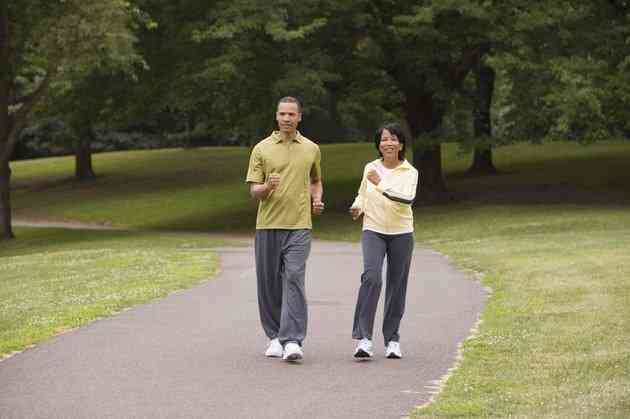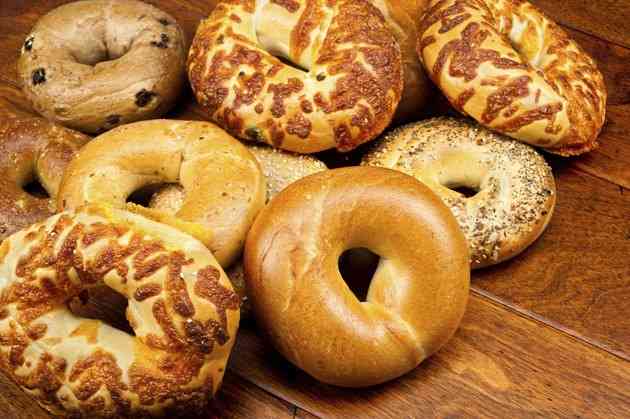The Carbohydrates in Garbanzo Beans

Garbanzo beans, or chickpeas, are so nutrient-dense, that Dr. Nicholas Perricone told Oprah.com he considers them to be necessary for anyone seeking an anti-aging diet food. Garbanzo beans are high in protein, loaded with vitamins and contain phytochemicals, which are plant properties that stave off chronic disease. They are also an excellent source of carbohydrates providing your body and brain with the energy it needs to get you through the day.
 A bowl of tofu and garbanzo beans with buckwheat. (Image: DariiaBelkina/iStock/Getty Images)
A bowl of tofu and garbanzo beans with buckwheat. (Image: DariiaBelkina/iStock/Getty Images)Breaking Down Carbohydrates
Your body takes the carbohydrates you eat and converts them to glucose. It then uses glucose for your immediate energy needs, or it stores the glucose for when you feel sluggish between meals. You get carbs from fruits and vegetables, grains, dairy products, as well as with foods that have added sugars. There are simple and complex carbohydrates. Complex carbohydrates consist of starch and dietary fiber, both of which are found in beans, such as chickpeas, fruits and vegetables and whole-grain products. Simple carbohydrates are refined sugars found in healthy foods like fruit and milk, but also table sugar, which is added to many packaged goods and candy.
What's in Garbanzo Beans?
A one-cup serving of garbanzo beans contains 45 grams, or 35 percent of the the Institute of Medicine's recommended 130 grams of carbohydrates per day for adults. Eight of those grams are from sugars or refined carbohydrates. Twelve and one-half of those grams are from fiber, with the remaining grams coming from starches. Adult males 50 years and younger should strive for 38 grams of fiber per day and adult females in the same age range should strive for 25 grams of fiber a day.
Benefits of Fiber
The Centers for Disease Control and Prevention recommends people eat more beans to increase their fiber intake because most Americans under-consume this nutrient. If you are a male, one cup of chickpeas gets you 32 percent of the recommended amount of fiber, and if you're female, it gets you 48 percent. An article published in 2009 in "Nutrition Reviews" states a high intake of fiber decreases your risk of heart disease, stroke, high blood pressure, diabetes, obesity and gastrointestinal problems. It also improves blood sugar in diabetics and non-diabetic individuals.
What If I'm Diabetic?
Even though garbanzo beans are rich in carbohydrates, diabetics need not steer clear of them. The glycemic index ranks foods on a scale of 1 to 100 based on how they affect your blood sugar and insulin. The lower the glycemic index, the better the food is for a diabetic to eat. According to the Harvard School of Public Health, 150 grams of garbanzo beans boast a glycemic index of 10. If you purchase and eat them canned in brine, the glycemic index raises to 38.




